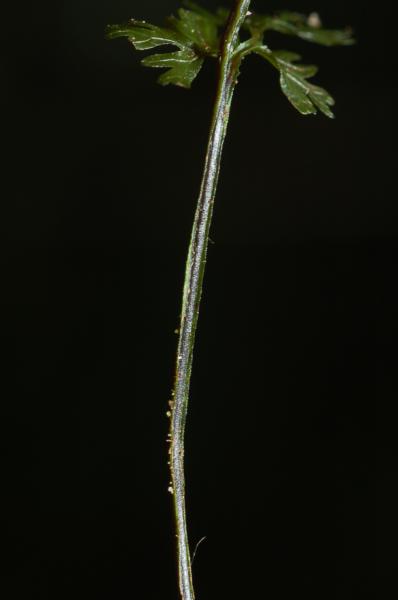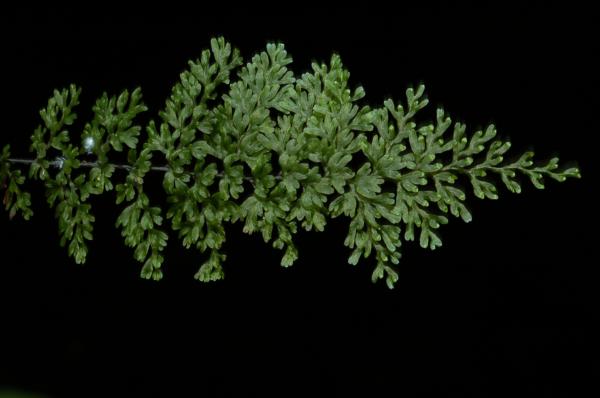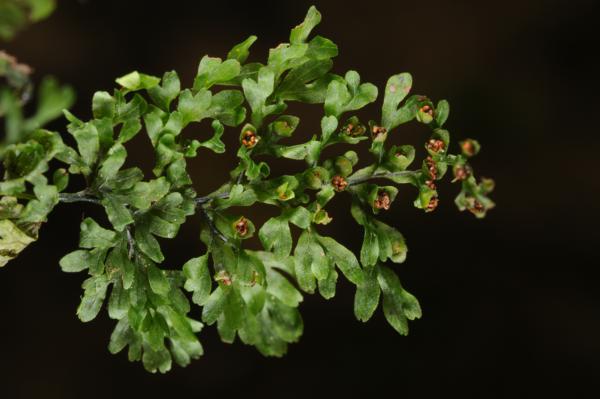
Hymenophyllum polyanthos (Sw.) Sw.
Family
Hymenophyllaceae
Nomenclature
Hymenophyllum polyanthos (Sw.) Sw., Schrad. J. Bot. 1800(2): 102. 1801; Bedd. Handb. Ferns Brit. India: 30. 1883; Copel., Philipp. J. Sci. 64: 97, pl. 46 & 47. 1937; Tardieu & C.Chr., Fl. Indo-Chine 7(2): 54. 1939; Holttum, Rev. Fl. Malaya ed. 1, 2: 81, f. 23. 1955 [‘1954’]; Holttum, Dansk Bot. Ark. 20: 17. 1961; Holttum, Dansk Bot. Ark. 23: 229. 1965; Seidenf., Nat. Hist. Bull: Siam Soc. 19: 85. 1958; Tagawa & K.Iwats., Fl. Thailand 3: 611. 1989; Boonkerd & Pollawatn, Pterid. Thailand: 30, 74. 2000. – Trichomanes polyanthos Sw., Prod. Fl. Ind. Occ.: 137. 1788. – Mecodium polyanthos (Sw.) Copel., Philipp. J. Sci. 67: 19. 1938; Tagawa & K.Iwats., SouthE. Asian Stud. 5: 37. 1967; Tagawa & K.Iwats., Fl. Thailand 3: 70. 1979.
Hymenophyllum osmundoides Bosch, Ned. Kruidk. Arch. 5(3): 164. 1863. – Mecodium osmundoides (Bosch) Ching, Fl. Reipubl. Popularis Sin. 2: 147, pl. 10, f. 7-11. 1959; Ching & S.-K.Wu in C.-Y.Wu, Fl. Xizang. 1: 49. 1983.
Description
Rhizome slender, less than 0.2 mm diam., with hairy rootlets. Stipes (1–) 2–5.5 cm long, wingless except the uppermost part, sparsely hairy especially in the younger parts, the rootlets densely hairy, the hairs brown, up to 1 mm long. Laminae very variable both in size and form, lanceolate, oblong-lanceolate, oblong or subdeltoid, acute to acuminate at apex, 3–13.8 cm long, 1.5–8 cm wide, usually tripinnatifid, light green, herbaceous; rachis winged throughout, wings very narrow, entire, flat; pinnae less than 10 in pairs, the largest one in the middle of the frond, reducing in size both upward and downward, the larger ones oblong-subdeltoid or oblong-lanceolate, somewhat falcate; ultimate segments linear or narrowly lanceolate, round to obtuse at apex, the margin entire and flat, usually about 0.8 mm broad. Sori scattered usually on the upper parts of fronds; involucre ovate, subdeltoid or rarely reniform, about 1 mm in length, usually longer than the breadth, deeply divided; lips round or moderately acute, entire or slightly crenate; receptacles clavate, included . Cell walls thin, straight, rarely rather thick.
Distribution in Thailand
NORTHERN: Chiang Mai, Phitsanulok; NORTH-EASTERN: Loei; SOUTH-WESTERN: Kanchanaburi; CENTRAL: Nakhon Nayok; SOUTH-EASTERN: Chanthaburi, Trat; PENINSULAR: Chumphon, Surat Thani, Nakhon Si Thammarat.
Distribution in Laos
Khammouane.
Distribution in Cambodia
Kampot
Wider Distribution
Tropics or subtropics throughout the world, north to central Japan.
Ecology
Epiphytic on tree trunks or on mossy rocks in light or deep shade, common at medium or higher altitudes.
Proposed IUCN Conservation Assessment
Least Concern (LC). This species is common and widespread.
Notes
This is a very widespread and variable species with many synonyms throughout its range.
Voucher specimens - Thailand
Middleton et al. 4897, Chiang Mai, Doi Inthanon National Park (E); Middleton et al. 5072, 5080 & 5081, Phitsanulok, Phu Hin Rong Kla National Park; Middleton et al. 5155, Loei, Phu Luang Wildlife Sanctuary (E).
Habit
Habit
Rhizome
Frond
Stipe
Lamina
Young sori
Mature sori
Site hosted by the Royal Botanic Garden Edinburgh. Content managed by Stuart Lindsay, Gardens by the Bay, Singapore and David Middleton, Singapore Botanic Gardens. Last updated 24 January 2012
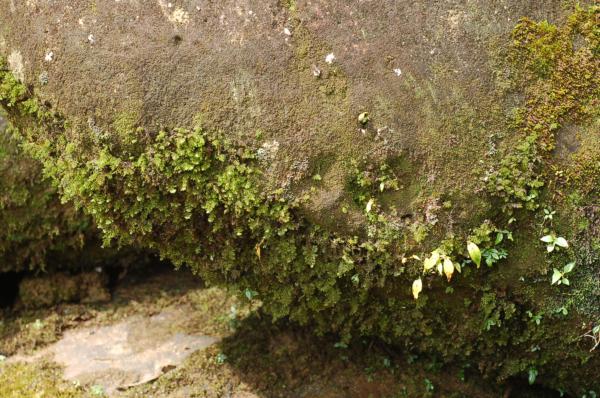
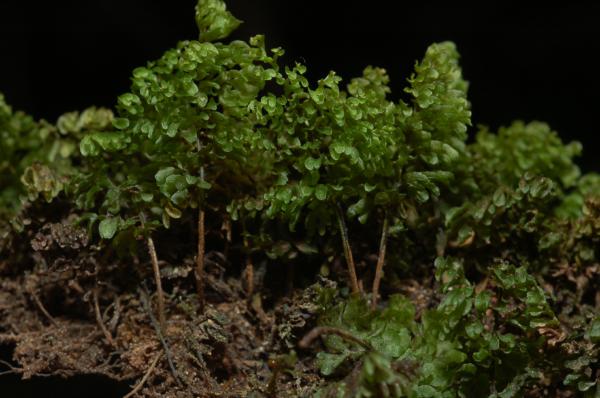
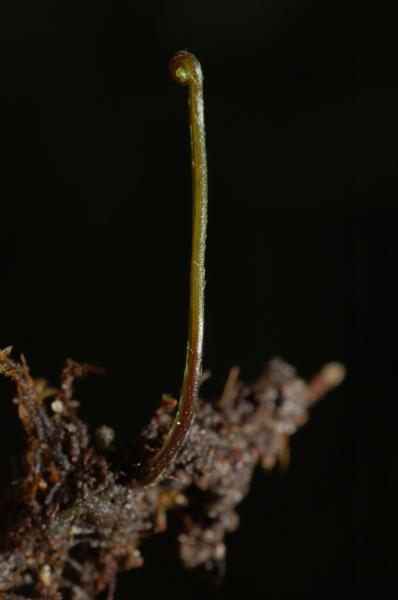
__TP_9619_sml.JPG)
